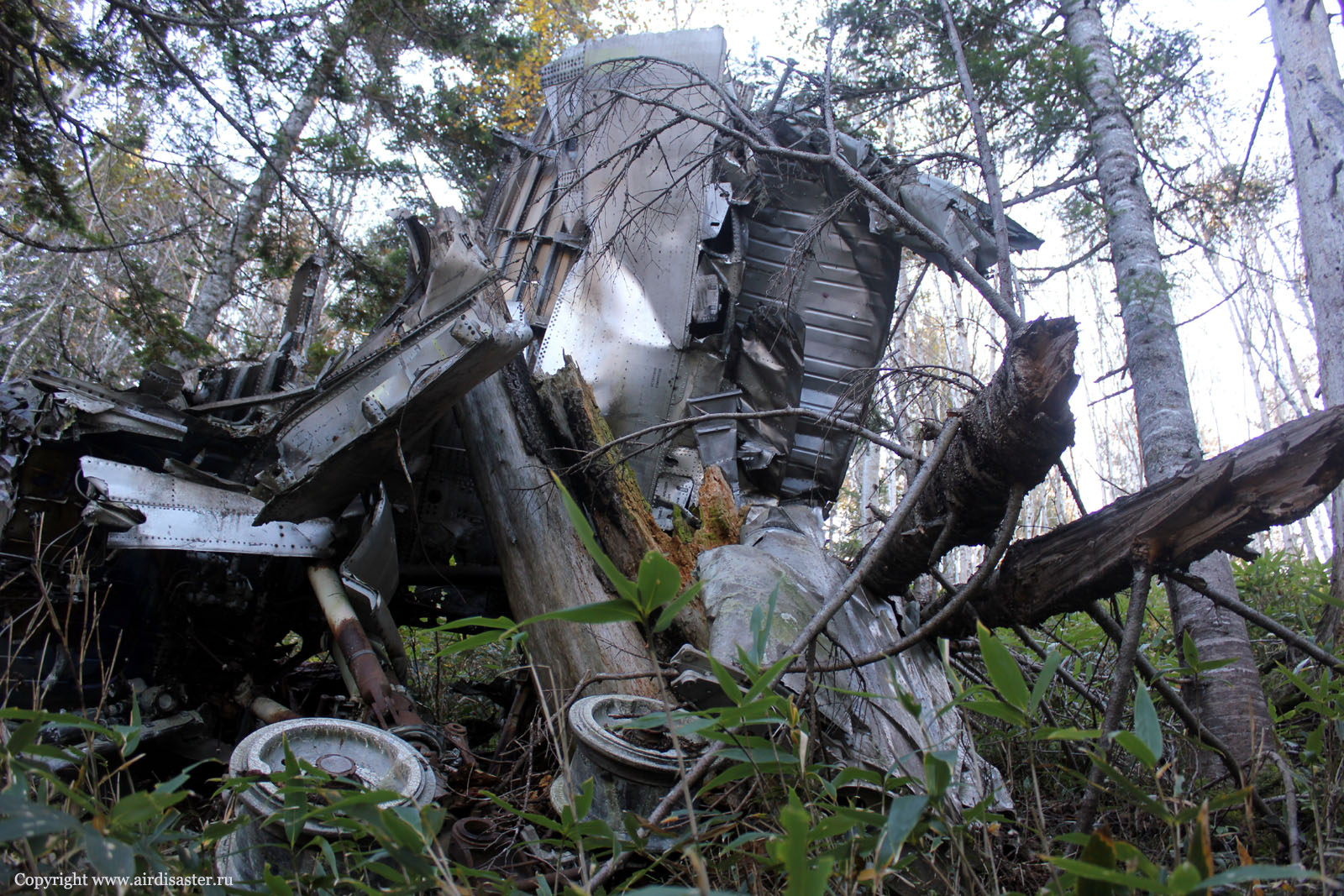Crash of an Ilyushin II-18V in Yuzhno-Sakhalinsk
Date & Time:
Aug 23, 1970
Registration:
CCCP-75823
Survivors:
Yes
Schedule:
Moscow – Chelyabinsk – Krasnoyarsk – Chita – Yuzhno-Sakhalinsk
MSN:
182 0049 02
YOM:
1962
Flight number:
SU017
Crew on board:
0
Crew fatalities:
Pax on board:
0
Pax fatalities:
Other fatalities:
Total fatalities:
0
Circumstances:
The crew started the approach to Yuzhno-Sakhalinsk by night and heavy rain falls. On short final, the captain realized he was well above the glide so he decided to increase the rate of descent. The airplane struck the runway surface nose first at a speed of 230 km/h and with a positive acceleration of 2,8 g. It bounced then landed a second time with an acceleration of 3,8 g. Upon impact, the nose gear was torn off, the engine number one detached and both wings were bent. Out of control, the airplane slid for several yards before coming to rest. All occupants escaped uninjured while the aircraft was damaged beyond repair.
Probable cause:
Wrong approach configuration on part of the pilot-in-command. Poor crew coordination and poor weather conditions were considered as contributing factors.




